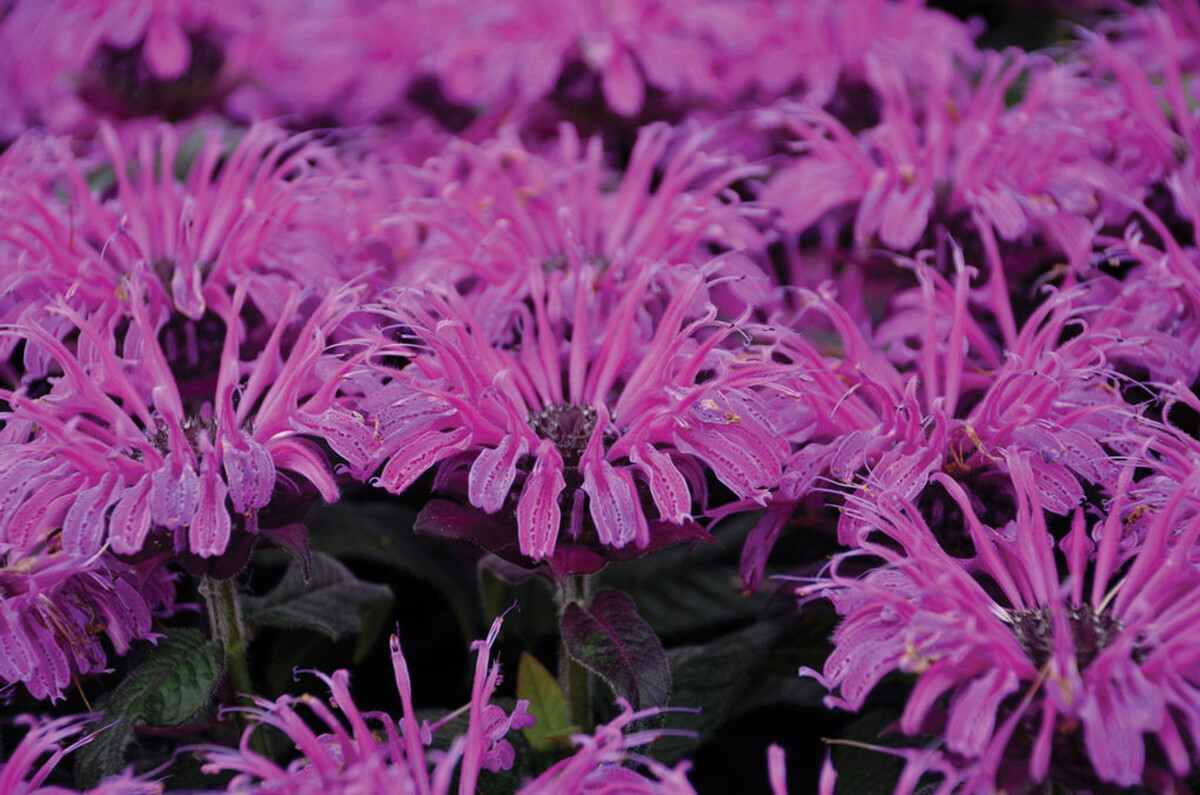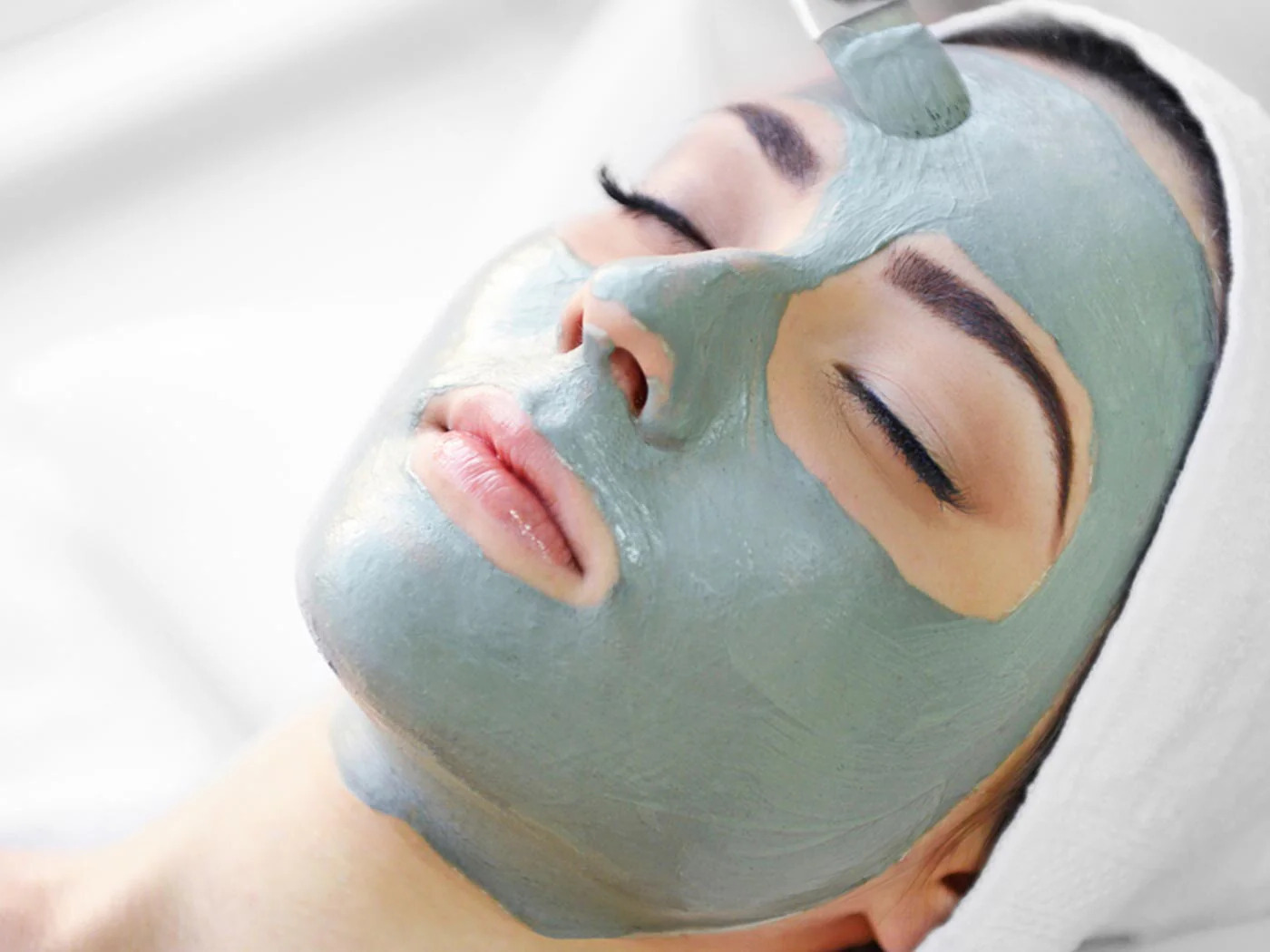
Bee Balm, also known by its scientific name Monarda, is a vibrant and fascinating plant that has captured the attention of nature enthusiasts and gardeners alike. With its beautiful blooms and aromatic leaves, bee balm is not only an aesthetic addition to any garden, but it also serves a crucial role in supporting pollinators such as bees, butterflies, and hummingbirds.
In this article, we will delve into the world of bee balm and explore 12 astounding facts that highlight its uniqueness and importance. From its historical significance to its medicinal properties, bee balm is truly a plant worth knowing about. So, let’s dive in and discover the wonders of this remarkable plant!
Key Takeaways:
- Bee Balm, also known as Monarda, is a stunning and aromatic plant native to North America. It attracts pollinators, has medicinal uses, and offers a variety of colors, making it a delightful addition to any garden.
- Bee Balm, a member of the mint family, is not only beautiful but also deer resistant. Its leaves can be used to make herbal tea, and its vibrant petals can be used as a natural dye, adding versatility to its already astounding qualities.
Bee Balm, also known as Monarda, is a beautiful and aromatic flowering plant.
Bee Balm is a stunning perennial plant that is native to North America. With its vibrant colors and delightful fragrance, it is a popular choice for gardens and landscapes.
Bee Balm is a favorite among pollinators, especially bees and butterflies.
This plant’s nectar-rich flowers attract a wide range of pollinators, making it a valuable addition to any pollinator garden. The bright blooms serve as a buffet for bees, butterflies, and hummingbirds.
Bee Balm has a long history of medicinal use.
Native Americans were the first to discover the medicinal properties of Bee Balm. They used it to treat a variety of ailments, including colds, fevers, and stomachaches.
Bee Balm leaves can be used to make a flavorful herbal tea.
The leaves of the Bee Balm plant can be dried and steeped to make a delicious and aromatic herbal tea. It is often enjoyed for its soothing properties and refreshing taste.
Bee Balm is a member of the mint family.
Like its mint relatives, Bee Balm has square stems and releases a lovely minty fragrance when the leaves are crushed.
Bee Balm comes in a variety of flashy colors.
From vibrant shades of red and pink to more subtle hues of purple and white, Bee Balm offers a wide range of color options to suit any garden theme or preference.
Bee Balm is a hardy plant that can tolerate many different growing conditions.
Whether it’s full sun or partial shade, well-drained soil, or even clay soil, Bee Balm can adapt and thrive in various environments.
Bee Balm is not only beautiful but also deer resistant.
For gardeners dealing with deer issues, Bee Balm is a great solution. Its strong scent and slightly bitter taste make it unappealing to deer, sparing your garden from their browsing.
Bee Balm has a delightful citrusy scent.
When you brush against the leaves of the Bee Balm plant, you’ll be greeted with a refreshing citrus-like aroma that lingers in the air.
Bee Balm can be used as a natural dye.
The vibrant petals of Bee Balm can be used to create natural dyes in shades of pink, red, and purple, providing a sustainable alternative to synthetic dyes.
Bee Balm’s scientific name, Monarda, pays tribute to a Spanish physician and botanist.
The genus name Monarda honors Nicolás Monardes, a 16th-century Spanish physician and botanist known for his work on herbal medicine and botanical studies.
Bee Balm can be propagated through division or seeds.
If you want to expand your Bee Balm collection, you can divide an existing plant or start new ones from seeds. It’s a fun and rewarding way to grow more of these beautiful flowers.
Conclusion
Bee balm, also known as Monarda, is a fascinating plant with a rich history and numerous beneficial properties. From its vibrant flowers to its aromatic leaves, bee balm has captured the attention of gardeners and herbal enthusiasts alike. Whether you’re looking to attract pollinators to your garden or seeking natural remedies for common ailments, bee balm can be a valuable addition. Its ability to attract bees, butterflies, and hummingbirds makes it a delightful choice for any garden. Additionally, its various medicinal and culinary uses make it a versatile plant worth exploring. So, consider adding bee balm to your garden for its beauty, biodiversity, and the many wonders it has to offer.
FAQs
1. Can bee balm be grown in containers?
Absolutely! Bee balm is well-suited for container gardening. Ensure your containers have proper drainage and provide sufficient sunlight and water for optimal growth.
2. How often should I water my bee balm plant?
Bee balm prefers moist soil, so water it regularly, especially during dry periods. However, be careful not to overwater, as this can lead to root rot.
3. How tall does bee balm typically grow?
The height of bee balm can vary depending on the variety, but most types reach a height of 2 to 4 feet.
4. Can bee balm be used for herbal remedies?
Absolutely! Bee balm has a long history of medicinal use. It can be used to alleviate digestive issues, reduce fever, and soothe sore throats, among other things.
5. How do I propagate bee balm?
Bee balm can be propagated through division or by taking stem cuttings. Dividing the plant is generally done in early spring or fall.
6. Does bee balm attract bees and butterflies?
Yes! Bee balm is a magnet for bees, butterflies, and hummingbirds. It is a great addition to any garden aiming to attract pollinators.
7. Is it possible to grow bee balm in different climate zones?
Yes, bee balm can be grown in a wide range of climate zones. However, it is important to choose the right variety for your specific zone to ensure success.
8. How long does bee balm bloom?
The blooming period for bee balm typically lasts for several weeks, usually from mid-summer to early fall.
9. Can bee balm be used in cooking?
Yes, bee balm leaves and flowers have a unique flavor profile and can be used in teas, salads, dressings, and even desserts.
10. Does bee balm require any special care?
Bee balm is relatively low maintenance. However, it is susceptible to powdery mildew, so providing adequate air circulation and choosing resistant varieties can help prevent this fungal disease.
Was this page helpful?
Our commitment to delivering trustworthy and engaging content is at the heart of what we do. Each fact on our site is contributed by real users like you, bringing a wealth of diverse insights and information. To ensure the highest standards of accuracy and reliability, our dedicated editors meticulously review each submission. This process guarantees that the facts we share are not only fascinating but also credible. Trust in our commitment to quality and authenticity as you explore and learn with us.


